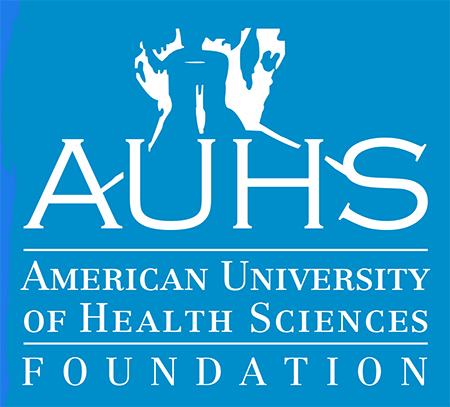Diversity in Health Care
The population of the United States is becoming more and more diverse. According to the Pew Research Center projections, U. S. will become a majority “minority” nation by 2050.1 However, more work must be done to increase diversity in the workforce. According to the Bureau of Labor Statistics for 2016 report that analyzed the composition of the workforce according to race, 78% were White, 12% were Blacks, 6% were Asians and less than 2% were Native Americans or Pacific Islanders. Seventeen percent (17%) of the labor force identified as Hispanic or Latino origin of any race. The Bureau of Labor Statistics also reported the breakdown of race in the healthcare practitioner and technical occupations: 76.4% White, 11.8% Black or African-American, 9.6% Asian and 7.8% of the races reported identified themselves as Hispanic.2
Healthy People 2020 defines a health disparity as “a particular type of health difference that is closely linked with social, economic, and/or environmental disadvantage. Health disparities adversely affect groups of people who have systematically experienced greater obstacles to health based on their racial or ethnic group; religion; socioeconomic status; gender; age; mental health; cognitive, sensory, or physical disability; sexual orientation or gender identity; geographic location; or other characteristics historically linked to discrimination or exclusion.”3
The issue of health disparity and diversity of health care providers is so intertwined that it is difficult to address one without addressing the other. Experts have shown a relationship between a racially diverse workforce and improving underserved populations’ access to care as well as health outcomes.4,5 Despite the clear need for racially and ethnically diverse workforce, it remains an ongoing concern. It is therefore imperative that our health system hires a more diverse workforce to provide culturally competent health services to our diversified population. To meet the demands of our future health care needs, American University of Health Sciences (AUHS) and AUHS Foundation are working to recruit and inspire more minorities students to pursue health care careers.
1U.S. Population Projections: 2005-2050, by Jeffrey S. Passel and D’Vera Cohn http://www.pewsocialtrends.org/2008/02/11/us-population-projections-2005-2050/
2Labor force characteristics by race and ethnicity, 2016. U.S. Bureau of Labor Statistics, October 2017.
3U.S. Department of Health and Human Services. The Secretary’s Advisory Committee on National Health Promotion and Disease Prevention Objectives for 2020. Phase I report: Recommendations for the framework and format of Healthy People 2020 [Internet]. Section IV: Advisory Committee findings and recommendations [cited 2010 January 6]. Available from: http://www.healthypeople.gov/sites/default/files/PhaseI_0.pdf.
4Addressing Health Care Disparities and Increasing Workforce Diversity: The Next Step for the Dental, Medical, and Public Health Professions, American Journal of Public Health, by Dennis A. Mitchell, DDS, MPH, et al. https://ajph.aphapublications.org/doi/full/10.2105/AJPH.2005.082818
5Diversity in Health Professions Fact Sheet. California Wellness Foundation. http://www.calwellness.org/grants_program_legacy/diversity_in_health_fact_sheet.php
